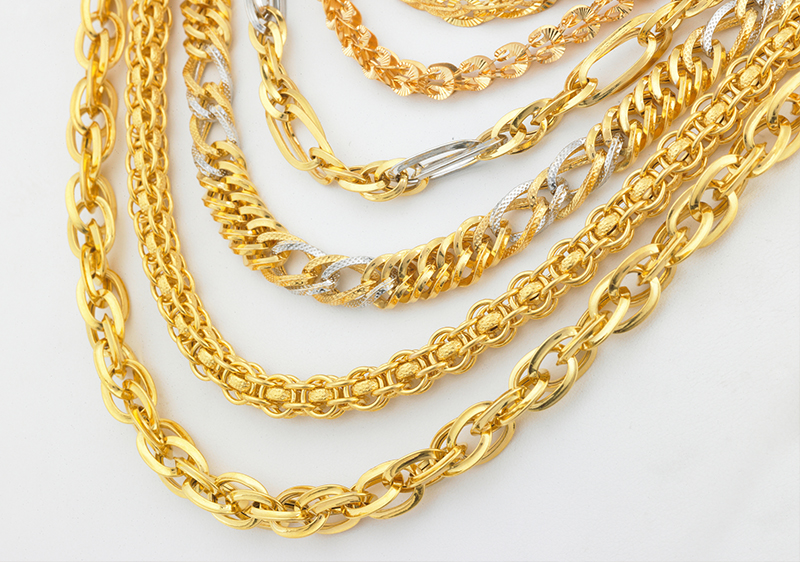Understanding the Monetary Effects of Fees and Charges in Precious Metal Buying and Collateral Loans Operations
Understanding the Monetary Effects of Fees and Charges in Precious Metal Buying and Collateral Loans Operations
Blog Article
Gold has been a prized asset for centuries, serving as a form of currency, financial asset, and ornamentation. When buying or pledging gold, it is essential to understand the monetary implications of different fees and costs that can affect the total cost and worth of the deal. These fees can significantly impact how much cash one gets when pawning gold or how much is spent when buying it. Being aware of these charges can help buyers make informed choices and prevent unexpected costs.
When purchasing gold, buyers should look out for several types of fees. One frequent fee is the premium, which is the difference between the wholesale price and the retail price. Sellers often add a premium to cover business costs and earning margins. Additionally, there may be sales tax applied during the purchase, based on local laws. Buyers should also consider other possible charges, such as shipping fees if the gold is being shipped. Understanding these costs in prior can prevent surprises and help purchasers plan accordingly.
Pawning gold also comes with its own range of fees and costs. Pawn establishments typically impose interest on loans secured by gold items. The interest rate can vary greatly among different pawn shops, so it is important read the article to compare rates to locate the best deal. There may also be holding fees if the pawned gold is kept for an prolonged period. Furthermore, pawn shops may charge fees for appraisals or administration the loan, which can add to the total cost. Knowing these fees can help individuals make smarter financial decisions when pawning their gold.
Another crucial aspect to take into account is the weight and quality of the gold being bought or pledged. The worth of gold is established by its present market price, which fluctuates based on financial conditions, need, and availability. Additionally, gold items are often evaluated in carats, which indicates the purity of the metal. Greater purity gold typically fetches a higher price. Understanding how these elements affect the monetary outcome of gold transactions is crucial for consumers, as they can affect the fees charged and the final amount obtained or paid.
In summary, being informed about the fees and costs associated with purchasing and pledging gold can lead to smarter monetary choices. Whether buying gold for financial growth or pawning items for rapid cash, individuals should take the the original source effort to investigate and understand the different costs involved. This knowledge can help buyers navigate the complexities of gold deals and ensure they optimize their financial gains while minimizing unnecessary outlays.